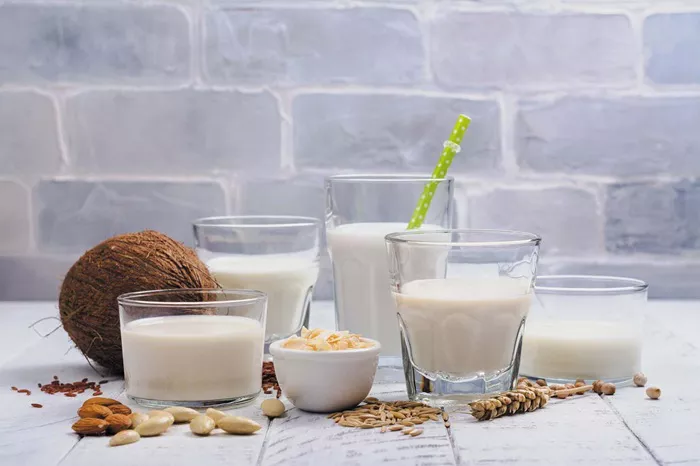Cardiovascular exercise, commonly referred to as cardio, plays a vital role in maintaining overall health and fitness. It not only helps in burning calories but also enhances cardiovascular health, boosts mood, and improves endurance. Many individuals are curious about the caloric expenditure associated with different types of cardio workouts, particularly for a short duration like 15 minutes. This article will delve into the factors influencing calorie burn during cardio, provide estimates for various activities, and discuss the significance of these numbers in the context of fitness and weight management.
Caloric Burn
Calories are a measure of energy. The body requires energy to perform all its functions, including physical activity. When engaging in exercise, the body burns calories to fuel the activity. The number of calories burned during a workout can vary significantly based on several factors:
1. Body Weight: Heavier individuals generally burn more calories than lighter individuals during the same activity because they require more energy to move their body mass.
2. Exercise Intensity: The intensity of the workout directly impacts calorie burn. Higher intensity workouts lead to greater energy expenditure.
3. Duration of Exercise: Longer durations of exercise typically result in more calories burned, although the relationship is not strictly linear due to factors like fatigue.
4. Metabolic Rate: Individual metabolic rates can vary based on genetics, muscle mass, and overall fitness level, influencing how many calories are burned during exercise.
5. Type of Activity: Different forms of cardio have varying caloric burn rates. For example, running generally burns more calories than walking.
See Also: How Many Calories Does Low-Impact Cardio Burn?
Caloric Burn Estimates for 15 Minutes of Cardio
To provide a clearer picture, here are estimates of calories burned in 15 minutes of various cardio activities for individuals of different weights:
Running
A 125-pound person burns approximately 120 calories at a pace of 5 mph, 150 calories at 6 mph, and up to 248 calories at 10 mph.
A 155-pound person burns about 149 calories at 5 mph, 186 calories at 6 mph, and 307 calories at 10 mph.
A 185-pound person burns around 177 calories at 5 mph, 222 calories at 6 mph, and 367 calories at 10 mph.
Cycling
For stationary cycling at a moderate pace, a 125-pound person burns about 90 calories, while a 155-pound person burns around 112 calories, and a 185-pound person burns about 135 calories in 15 minutes.
Jumping Rope
This high-intensity workout can burn approximately 150-200 calories in 15 minutes, depending on the intensity and the individual’s weight.
Swimming
Swimming at a moderate pace burns about 100-150 calories in 15 minutes for a 125 to 155-pound person.
High-Intensity Interval Training (HIIT)
HIIT workouts can lead to significant calorie burn, often exceeding 200 calories in 15 minutes, depending on the intensity and exercises involved.
The Role of Intensity in Caloric Burn
The intensity of the workout is crucial in determining how many calories are burned. Engaging in high-intensity workouts, such as sprinting or circuit training, can lead to a phenomenon known as excess post-exercise oxygen consumption (EPOC), where the body continues to burn calories at an elevated rate after the workout has ended. This can significantly enhance overall caloric expenditure.
Practical Applications of Caloric Burn Data
Understanding how many calories are burned during 15 minutes of cardio can be beneficial for various fitness goals, including weight loss, maintenance, and overall health improvement. Here are some practical applications of this information:
1. Weight Loss: To lose weight, a caloric deficit must be created, meaning that the calories burned must exceed the calories consumed. Knowing the caloric burn from 15 minutes of cardio can help individuals plan their workouts accordingly.
2. Fitness Planning: Individuals can incorporate various forms of cardio into their routines based on their caloric burn goals. For example, someone aiming to burn 300 calories may choose to run for 30 minutes or engage in a more intense 15-minute HIIT session.
3. Motivation: Tracking caloric burn can provide motivation to maintain a consistent exercise routine. Seeing tangible results in terms of calories burned can encourage individuals to push themselves harder during workouts.
Conclusion
In summary, the number of calories burned during 15 minutes of cardio varies widely based on factors such as body weight, exercise intensity, and the type of activity performed. While running typically burns the most calories, other forms of cardio like cycling, swimming, and HIIT also provide significant caloric expenditure. Understanding these dynamics can aid individuals in effectively managing their fitness goals, whether they aim to lose weight, maintain their current weight, or improve their overall health. By incorporating a variety of cardio exercises into their routines and focusing on intensity, individuals can maximize their calorie burn and achieve their fitness objectives.
[inline_related_posts title=”You Might Be Interested In” title_align=”left” style=”list” number=”6″ align=”none” ids=”10745,9544,8841″ by=”categories” orderby=”rand” order=”DESC” hide_thumb=”no” thumb_right=”no” views=”no” date=”yes” grid_columns=”2″ post_type=”” tax=””]



































